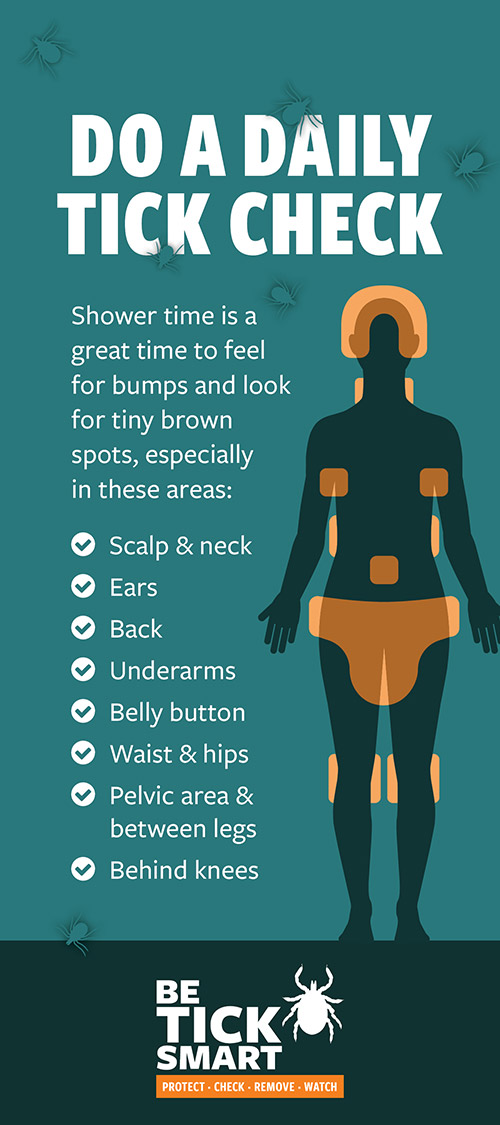
“Symptoms of disseminated Lyme disease can occur days to months after the initial infection”
—Vermont Department of Health
Symptoms may include one or more of the following
- Fatigue
- Chills and fever
- Muscle and joint pain (often migrating – appearing in different places in the body)
- Headache
- Swollen lymph nodes
- Tiredness
- EM rash or Atypical EM rash
According to the Vermont Department of Health, Lyme disease may spread to various parts of the body. This is called “disseminated Lyme disease.”
- Numbness and pain in the arms or legs
- Paralysis of facial muscles (usually on one side of the face, also known as “Bell’s palsy”
- Fever
- Stiff neck
- Severe headaches
- Abnormal heart beat
- Joint pain and swelling
- Meningitis
- Chronic nervous system problems
- Shooting pains
- Numbness or tingling in the hands and feet
- Problems with concentration and short-term memory
Possible Symptoms in Children and Adolescents
source: Children’s Lyme Disease Network
Fatigue
Migratory Joint Pain
Muscle Pain and Weakness
Fevers
Problems Sleeping
Upset Stomach
Irritability
Impulsivity
OCD-type Behaviors
Brain Fog
Bursts of Aggression/Rage
Sensitivity to Light, Sound or Touch
Slow Processing Speed
Vision Difficulties/Double Vision
Memory Problems
Mood Disorders
Encephalopathy
Facial Paralysis (Bell’s Palsy)
Skin Rash Sometimes only one symptom will be present, or a child may experience multiple symptoms.
According to an unpublished CDC study, 79% of children with [complex] Lyme disease experience a decrease in their number of friends, 41% have suicidal thoughts, and 11% made a suicide gesture.










